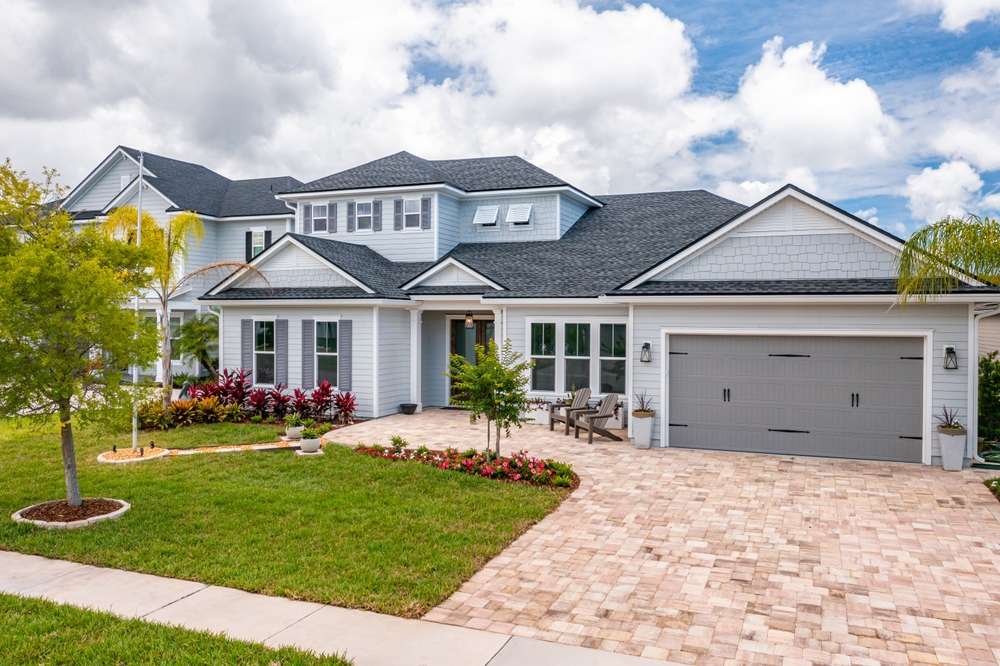Data from Nationwide, the UK’s largest building society, showed that average prices increased by 0.5 per cent month-on-month in May, taking the average price of a UK home to £273,427. This follows a sharper-than-expected 0.6 per cent drop in April, which had raised concerns of a deeper downturn as the stamp duty relief expired.
On an annual basis, house prices were up by 3.5 per cent in May, a slight moderation from the 3.9 per cent annual growth rate recorded in March.
Robert Gardner, chief economist at Nationwide, said the market appears to be holding up well, citing a rebound in mortgage approvals and resilient buyer demand despite the broader economic uncertainty. “Underlying conditions for potential home buyers remain supportive,” Gardner said. “Unemployment is low, wage growth is running ahead of inflation, and borrowing costs have eased.”
The Bank of England’s decision to cut interest rates to 4.25 per cent last month — the fourth rate reduction since August 2024 — has helped to restore confidence in the housing market. Lower mortgage rates are offering relief to borrowers and improving affordability for first-time buyers and movers alike.
Analysts were quick to interpret the rebound in May as a sign that the April drop was a short-term correction rather than the beginning of a sustained decline.
“The increase in Nationwide house prices adds to the evidence that the recent soft patch was a temporary blip,” said Alex Kerr, UK economist at Capital Economics. “We expect market momentum to continue, especially as financial conditions improve.”
Estate agents are also reporting a pickup in activity. Zoopla recently said agents were busier in May than at any point since the post-lockdown “race for space” in 2021. It reported a 13 per cent increase in the number of homes for sale compared with spring 2024, giving buyers more choice. Most sellers are also planning to buy, helping to keep the market fluid.
Anthony Codling, housing analyst at RBC Capital Markets, noted that while the summer is typically a quieter season for property transactions, rising prices could ignite a renewed sense of urgency among buyers. “The fear of missing out is likely to bolster activity as prices rise instead of fall,” he said.
Stamp duty thresholds were lowered on April 1, ending the temporary relief introduced to support the market through economic turbulence. First-time buyers in England and Northern Ireland now pay stamp duty on homes priced above £300,000, down from £425,000. For all other buyers, the threshold has dropped from £250,000 to £125,000.
Despite the change, analysts say the market has remained robust, buoyed by favourable wage dynamics and improving consumer sentiment.
Gardner warned that while current conditions are supportive, the outlook remains closely tied to the path of interest rates, inflation, and broader economic stability. “Affordability constraints and the ongoing cost of living pressures could weigh on activity later in the year,” he said.
Still, for now, the housing market appears to have regained its footing — with cheaper borrowing and renewed buyer interest pushing prices higher again.





